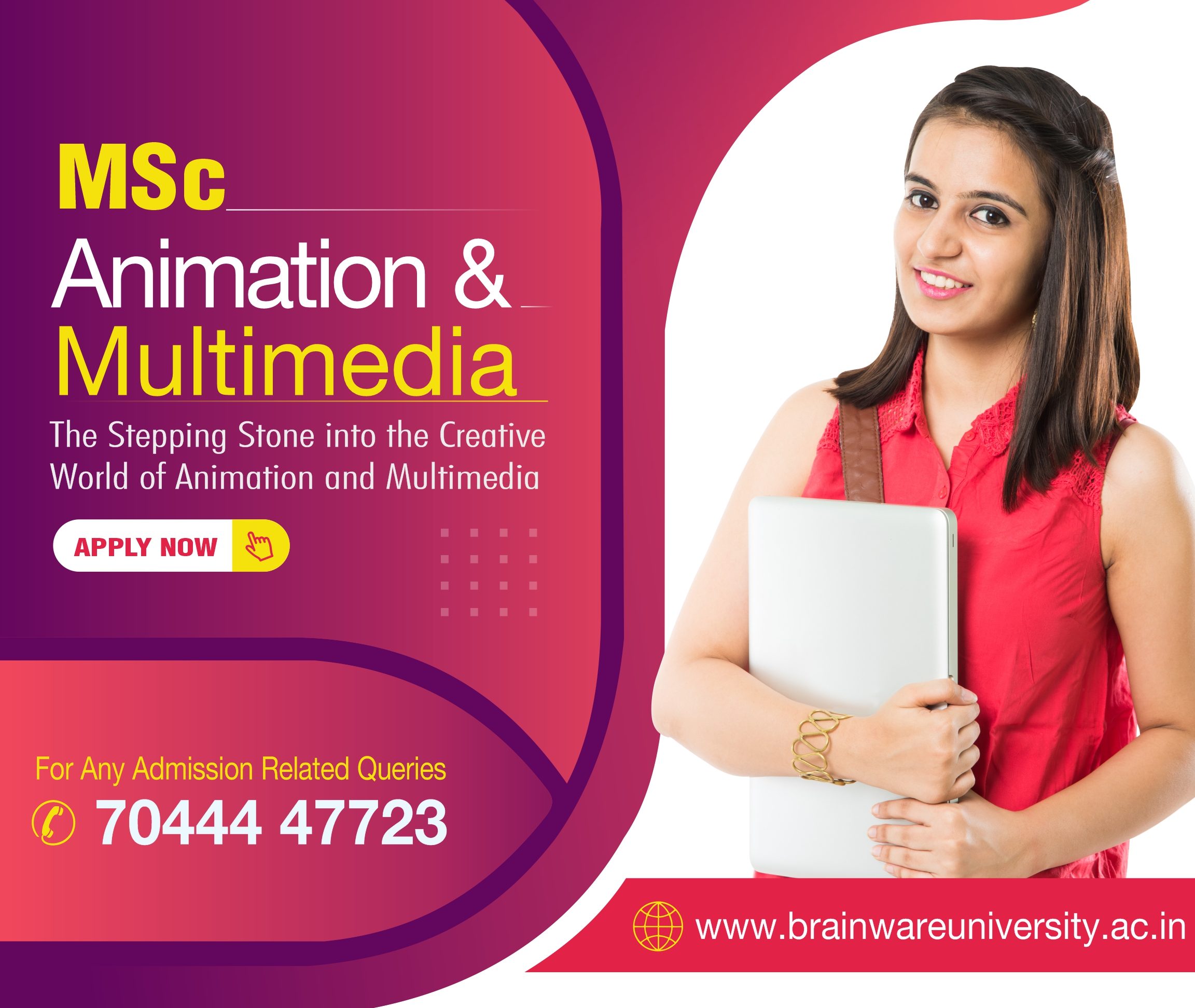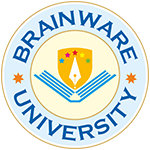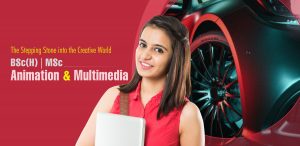
Animation and multimedia encompass a wide range of creative disciplines, including 2D and 3D animation, visual effects, motion graphics, and interactive multimedia. The field is over-emerging and challenging yet apt for creative minds. To excel in this field, one must enrol himself in a bachelor’s degree. And later on, for higher studies, MSc Multimedia and Animation can be recommended. In this blog, you’ll get an A-Z guidance about this domain’s technical side and also guidance on where to pursue this course like the Multimedia course in Kolkata.
In this field of Multimedia, there are various tools, techniques, and theories that professionals utilize to create compelling and engaging content. Here’s an overview of some of the best tools, techniques, and theories in animation and multimedia:
Tools:
- Autodesk Maya: Maya is a powerful 3D animation software widely used in the industry. It offers a comprehensive set of tools for modelling, rigging, animation, and rendering.
- Adobe Creative Cloud: Adobe’s suite of software, including Adobe Photoshop, Illustrator, After Effects, and Premiere Pro, is extensively used for creating and editing visual content, motion graphics, and video editing and Audition for delivering excellent sound effects.
- Blender: Blender is a free and open-source 3D animation software that provides features for modelling, rigging, animation, rendering, and compositing.
- Unity: Unity is a popular game engine that also offers tools for creating interactive multimedia experiences, including real-time 3D animations, virtual reality (VR), and augmented reality (AR) applications.
- Toon Boom Harmony: Toon Boom Harmony is widely used for 2D animation, particularly in the production of television shows and feature films. It offers a range of features for drawing, rigging, and animating characters.
Techniques:
- Keyframing: Keyframing involves setting key poses or frames at specific points in an animation, and the software automatically generates the in-between frames. It is a fundamental technique used for both 2D and 3D animation.
- Motion Capture: Motion capture (MoCap) involves recording the movements of real actors or objects and mapping them onto digital characters or objects. It allows for realistic and natural animations.
- Rigging: Rigging is the process of creating a skeleton or control system for a character or object, enabling animators to manipulate and pose them easily.
- Character Animation: Character animation involves bringing characters to life through movement and expression. It requires understanding the principles of timing, spacing, anticipation, and squash and stretch.
- Visual Effects (VFX): VFX techniques involve the integration of computer-generated elements with live-action footage to create realistic or fantastical visuals. This can include green screen compositing, particle effects, and digital simulations.
Theory:
- The 12 Principles of Animation: Developed by Disney animators, these principles are the foundation of creating believable and appealing animations. They include principles such as squash and stretch, anticipation, follow-through, and overlapping action.
- Timing and Spacing: Timing refers to the speed and rhythm of animation, while spacing determines the position and distance between objects or characters in different frames. Mastering these concepts is crucial for creating smooth and realistic animations.
- Storytelling: Effective storytelling is essential in animation and multimedia. Understanding narrative structures, character development, and visual storytelling techniques helps convey ideas and emotions to the audience.
- Color Theory: Color theory explores the principles of how colours interact and impact visual perception. It is important for creating visually appealing compositions, setting moods, and conveying messages effectively.
- User Experience (UX) Design: In interactive multimedia, UX design focuses on creating intuitive and engaging user experiences. It involves considerations such as user interface design, user interaction, and usability testing.
These are just a few examples of the tools, techniques, and theories in the field of animation and multimedia.
Here comes the other part of the blog: Where can you pursue a Multimedia course in Kolkata?
When it comes to pursuing BSc or MSc Multimedia and Animation, Brainware University is among the very few names that offer these programmes, that too, with ultimate placement support. Mentioning some of the reasons why Brainware University is the best to pursue BSc in Animation Multimedia:
- Professionally qualified and experienced faculty members teaching Designing, Photography and Cinematography, 3D Modeling, Animation and Film making.
- Ample scope for students to nurture their inherent creative skills and communicate creatively and effectively through media of digital art.
- All modern Laboratory facilities available deal with the finest details of a complete production for a design, animation and video production.
- Hands-on training on advanced animation techniques, 3D applications, Advanced VFX and Motion Graphics, Android programming, IOS development and Portfolio development.
- Tie-up with multiple media and production houses for hands-on training
- 10000+ students from all over India and beyond
- Most awarded university in West Bengal for delivering excellence in academics, infrastructure, and placements
- Unbeatable placement excellence since inception with remarkable placement record- 98% in 2022
- Preplacement training from the beginning of the programme
- 360-degree placement training and assistance
For achieving excellence in this field, you’ll surely get equipped with the ultimate training. For more details, you can also visit the official website of Brainware University. And for the other part, as technology and industry trends evolve, new tools and techniques continue to emerge, making it an exciting and ever-changing field of creativity.








